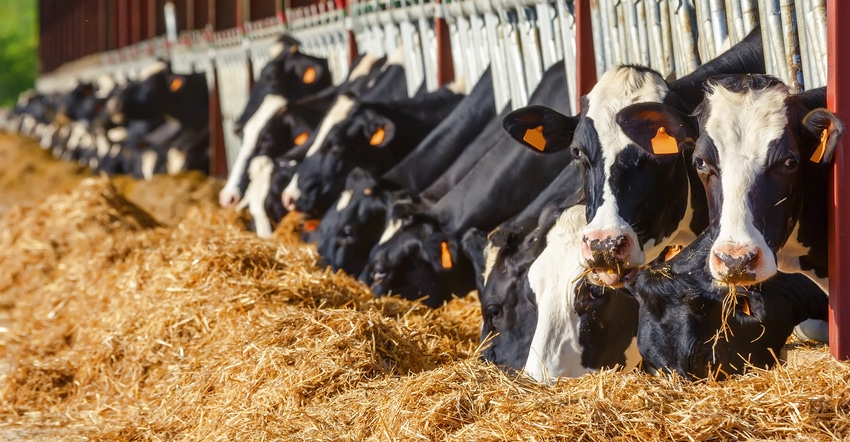December 21, 2020

In July, the Class III price of milk reached the lofty level of $24.54 per cwt, just 6 cents below the all-time high from September 2014. The way the price was derived from the two main value components of the milk — butterfat and protein — was very different.
In 2014, fat and protein had similar values: $3.25 and $3.50 per pound, respectively. This past July, the protein value shot to an all-time high of $5.63 per pound, while butterfat languished at a modest $1.96 per pound. This is a reversal of a five-year trend since 2014 where butterfat has contributed more to the milk price than protein. As recently as December 2018, butterfat had more than twice the value of protein: $2.51 per pound vs. $1.14 per pound.
Higher butterfat
Dairy producers have responded to the four years of higher value of fat. It is difficult to make changes monthly. Wisconsin average butterfat went from 3.76% in 2016 to 3.89% in 2018. Over many years, these values have barely moved hundredths. To move a full tenth in two years for the entire state is a major change.
Class III is often called the cheese price of milk. There is a 78% correlation between the Class III price and the protein price over the past 20 years. There is only a 53% correlation between the Class III price and the butterfat price. The butterfat price is more closely linked to Class IV milk, or the butter-powder price. It also seems that it is rare for both the butterfat and protein price to be high at the same time; in fact, the correlation between butterfat and protein prices since 2000 is -6%. Basically, the price of fat is not a factor, or possibly is a negative one, in predicting the protein price.
Genetics is the largest variable in both fat and protein percentage in milk. We see this in the difference between breeds of cattle. Some of the increase in butterfat recently observed is probably due to a slight increase in the amount of Jersey genetics in Wisconsin’s collective herd. There is wide variability within breeds, as well, and producers have responded to high butterfat prices by selecting for high test bulls as mating sires.
While genetics is the largest factor, environmental factors such as season of the year and diet composition are also major factors, contributing about half of the variability seen.
Now that the value is in the protein, we realize that protein tests are less variable and more difficult to change. Whereas individual cows might range from 2% to 7% butterfat, 2.8% to 3.5% covers the greatest majority of the range we see in cows’ protein tests. The best way to ship more pounds of protein is to ship more pounds of milk.
Improving protein test
But what can be done to improve protein tests beyond genetics?
Cows fed diets of highly digestible carbohydrates in a balanced ration conducive to high intake will produce the most milk and milk protein. Protein supplementation must be adequate; however, feeding more protein is not a guarantee to provide higher protein production. Rumen microbes can make protein from carbohydrates such as starch provided by corn and highly digestible fiber from forages.
Milk urea nitrogen (MUN) is one tool to monitor if there is a good combination of the level of protein and carbohydrates, and if factors such as particle size and rate of degradation are well matched between carbohydrates and protein in the rumen. Along with MUN, actual production and components of fat and protein are good diagnostics of how vigorous the rumen environment of the cow is. If you have a low protein test and/or production, there probably are things that can be tweaked with the diet to improve the situation.
Dairy producers want it all: high milk production, healthy cows and good component tests. Today, there are herds that are accomplishing well above average levels on all fronts. It is difficult to predict the future, but as of today, it is very profitable to pay specific attention to pounds and percent of protein produced.
Lippert is the Extension dairy and livestock agent for Wood and Clark counties. This column is provided by the University of Wisconsin-Extension Dairy Team.
You May Also Like




